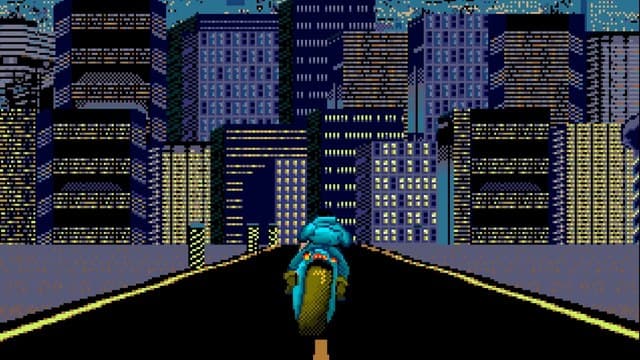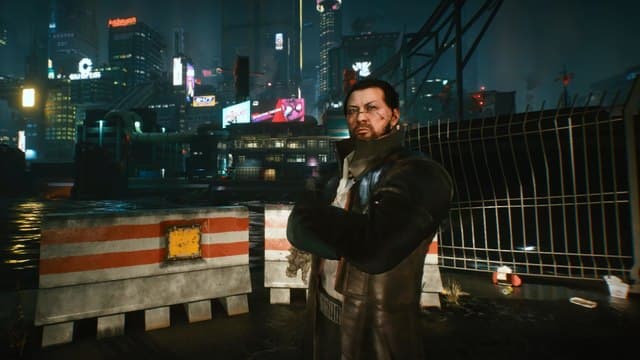0Comments
PUBLISHED
UPDATED
Katsuhiko Nakajima’s Vulnerability Makes Him the Best Wrestler of 2021
About the Author
Avery Adams
Avery Adams is a freelance writer based in the UK. They run a blog about culture and neurodiversity called Plastic People and write about the history of Japanese professional wrestling for Nearfalls.
Newest


